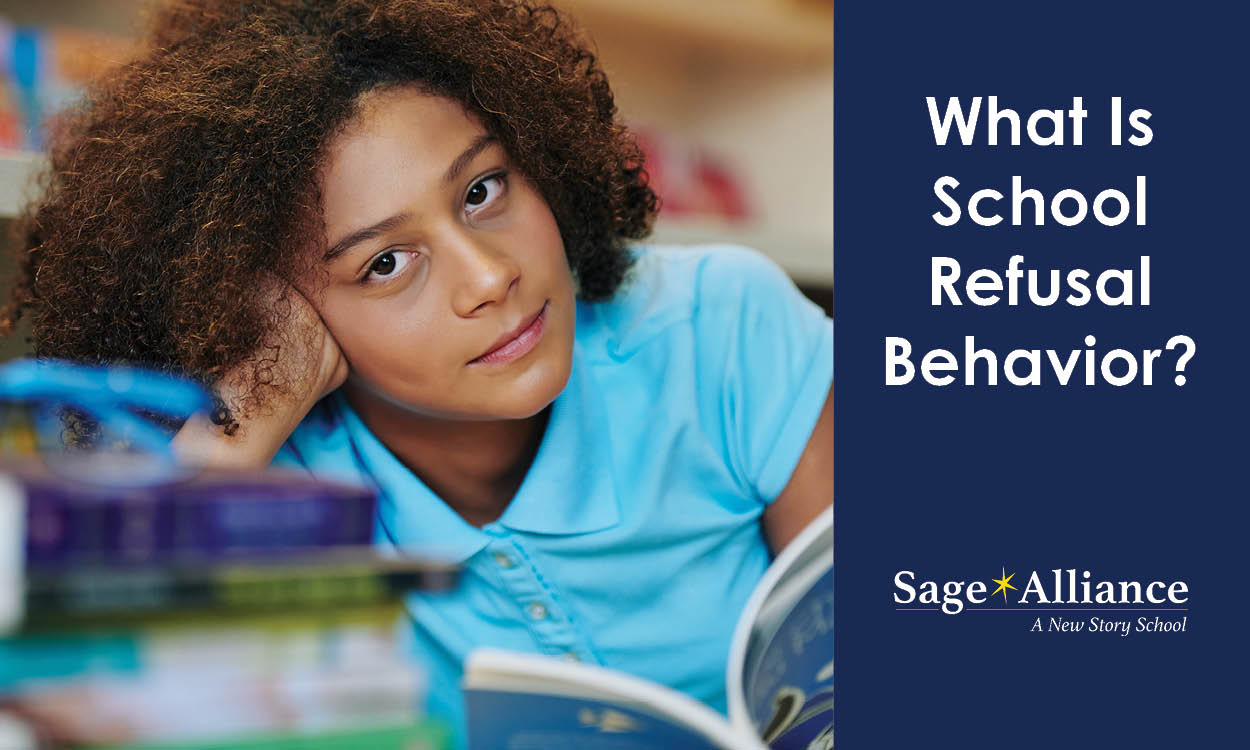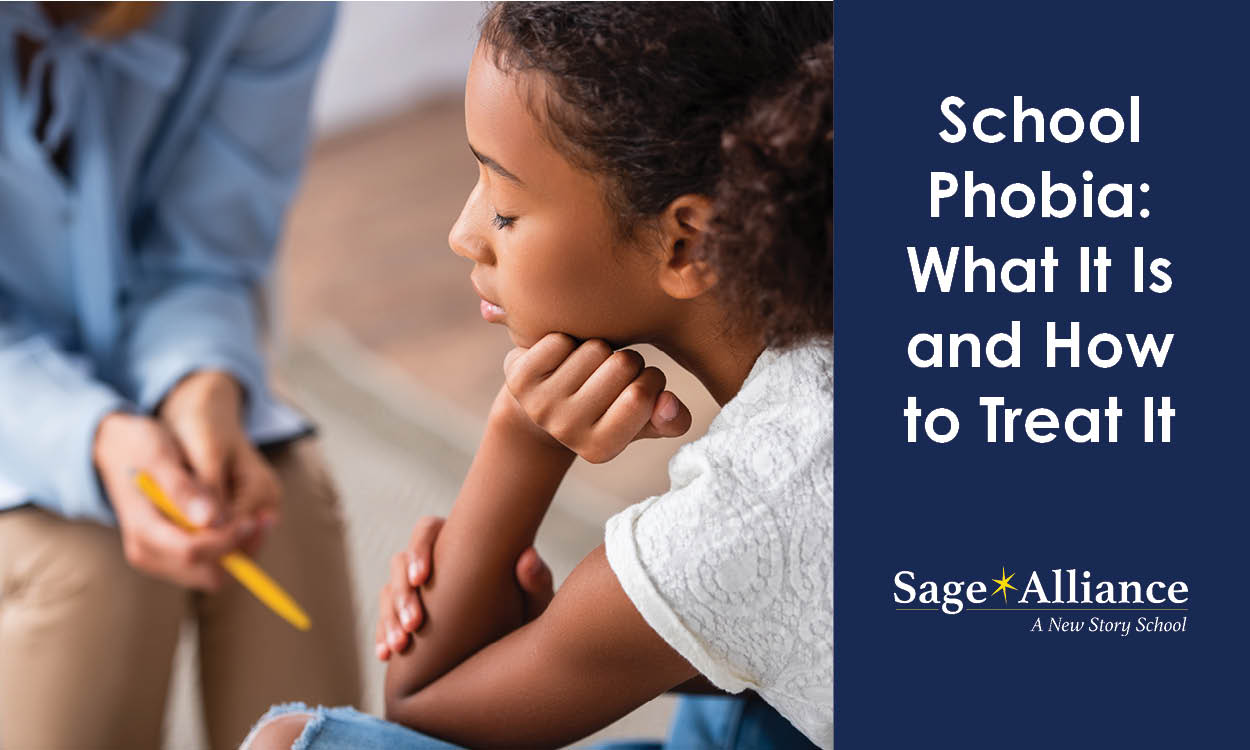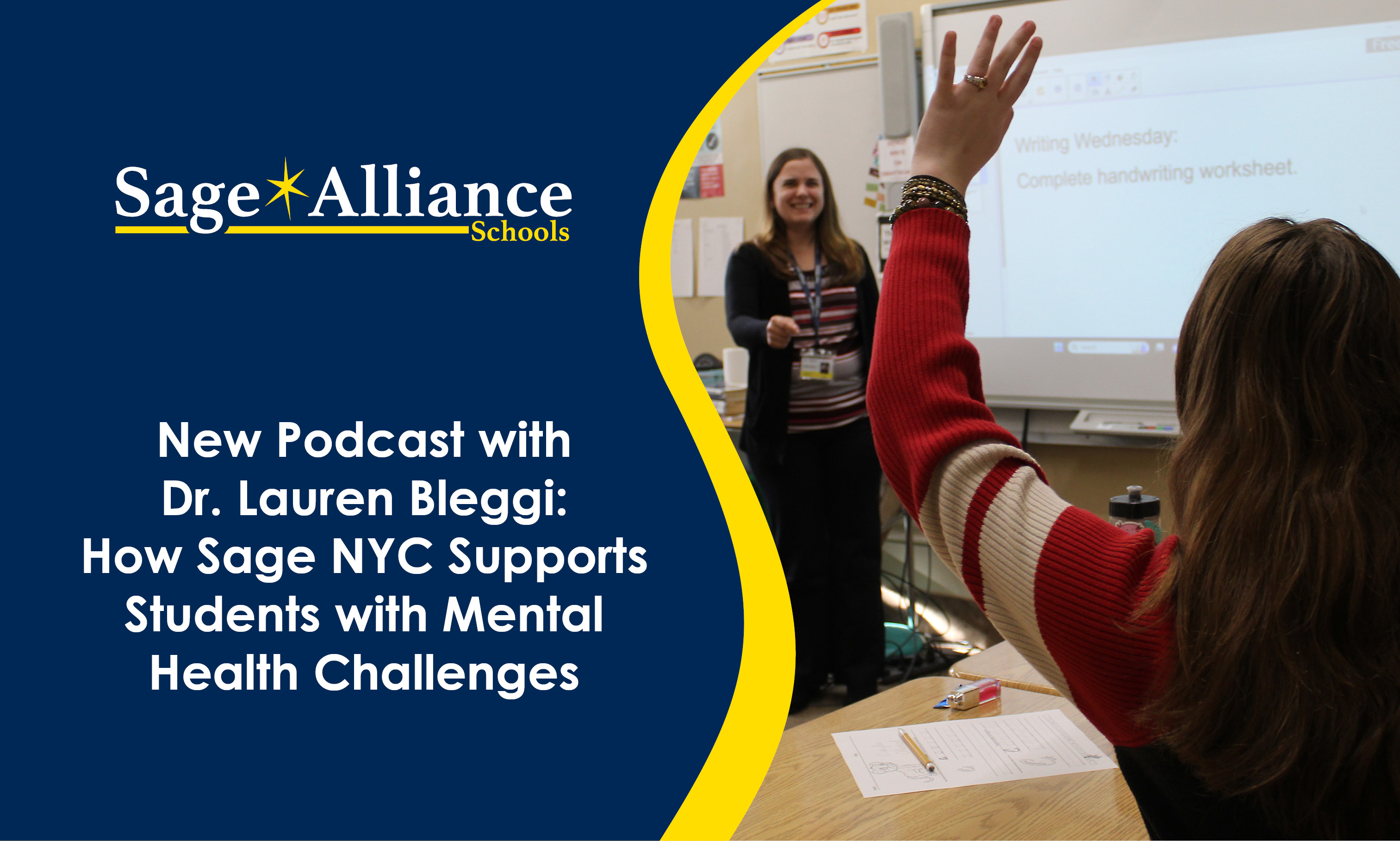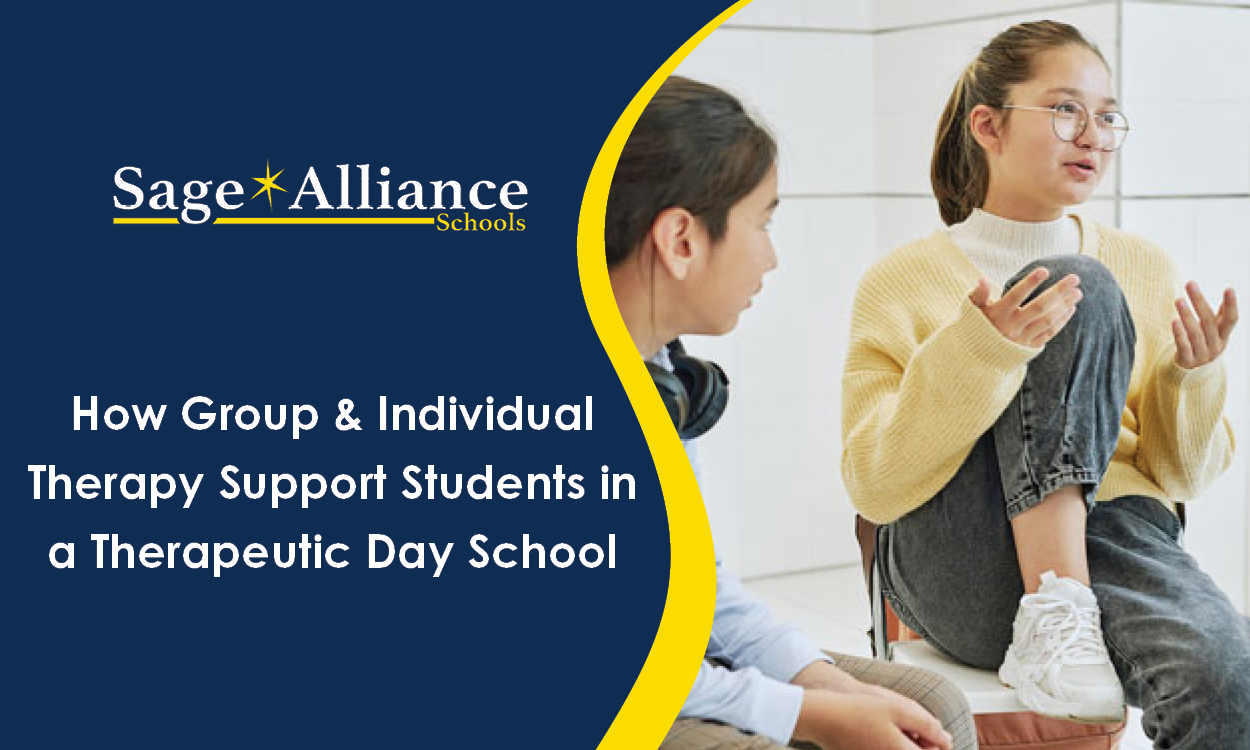Back to School First Aid – Ouch! That must hurt, but is it life threatening?
Posted: September 15, 2015 | Written By: Holly Ference | Category: Emotional Health
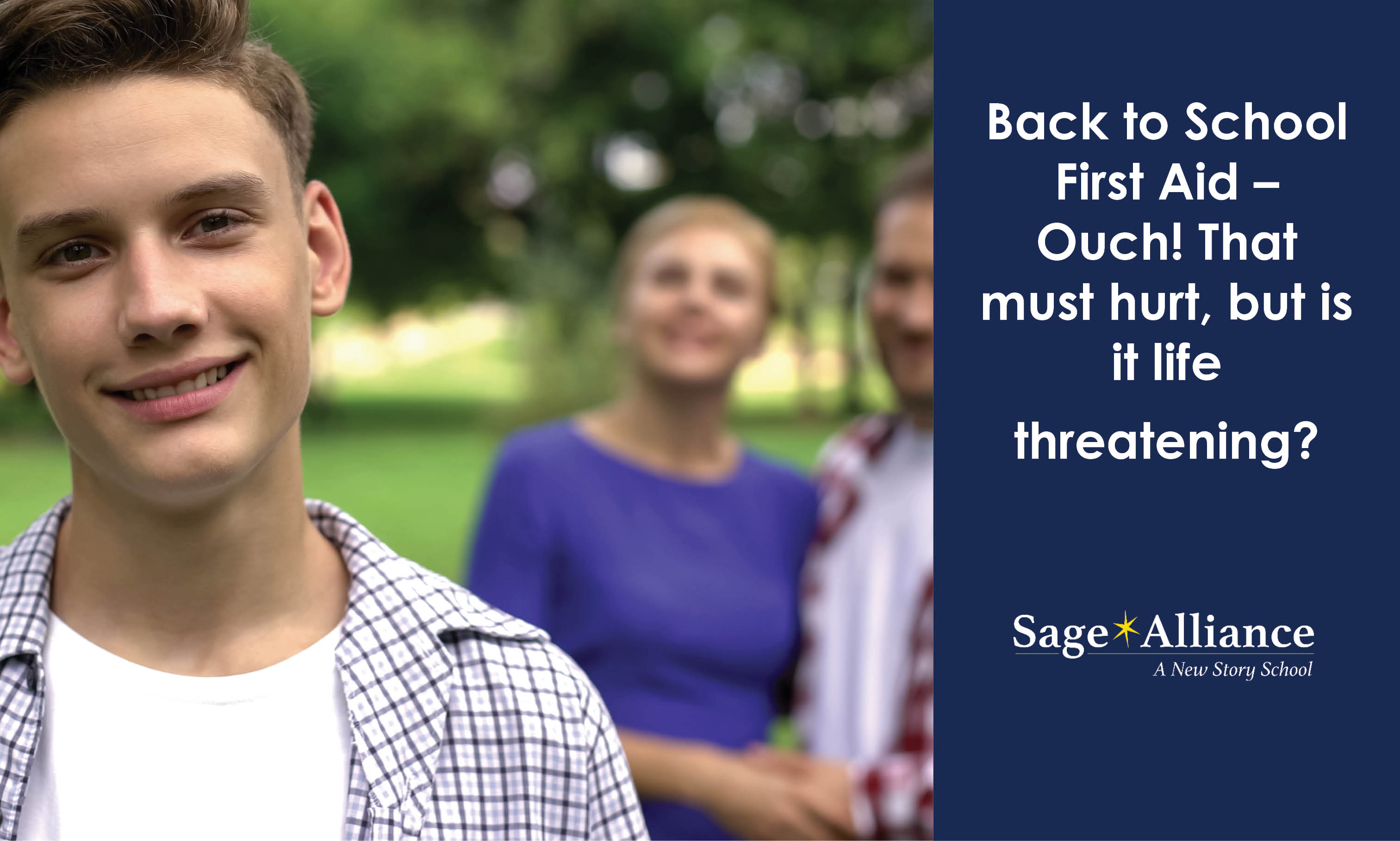
By Janet Bertelli, MSW, LCSW
Over the years, I have had countless parents ask me for advice on how to ensure their child’s emotional safety, especially as the child is moving into middle school or high school and is seeking more autonomy and freedom from parental control.
As they purchase the required school supplies many parents might want to sneak in one more item – one not required by their child’s teachers, but seemingly necessary, they think, a good supply of bubble wrap. Bubble wrap? Not any ordinary kind, but the type that prevents their child from making and dealing with the consequences of making a mistake.
When our children are first placed in our arms we promise them that we will do everything in our power to protect them. We will keep them warm and dry and fed. We will love them unconditionally, always be there for them and protect them from harm. Somehow, for some parents, these promises are sometimes translated into “I will never let you feel uncomfortable”.
The idea of not stepping in to prevent your child from feeling disappointed, experiencing failure or suffering the natural consequences of a poor choice might seem like an act of an uncaring parent to some. “How can I let my child experience the same hurts that I did when I was in school?” If the memories of your own school experiences are causing you to run constant interference for your child, you might want to take a deep breath and a take a step or two back before you rush to save your child.
Unfortunately, when you don’t allow your child to sit with the discomfort of anything unpleasant in life, you set them up for a life filled with disappointing experiences and bewilderment rather than determination when faced with adversity. When mothers and fathers continually challenge teachers and school administrators and find ways to rescue their children from the consequences of their behavior it gives children a false sense of entitlement but does not help them make healthy adjustments in attitudes and behaviors. Furthermore, children who do not learn to tolerate unpleasant feelings are at risk of becoming adolescents and adults who use substances to dull the pain of unpleasant feelings.
Our job as parents is not to prevent our children from hurting but to help them become more resilient by teaching them how to think about how they ended in school without lunch, or without the project that was due today or ended up with the F on their report card or given a detention or suspension.
Here at Sage Day, after the laments of “it’s not my fault” and other attempts of blame shifting, we try to have students reflect on the part that they played in the situation that is causing them distress. It is not always an easy journey but once we can assure a child and their parents that the consequence is not a draconian life sentence, we can help show that it is, rather, an opportunity to learn how to problem solve and become a more successful and less anxious student.
After all, walking around in bubble wrap never makes for a comfortable or easy journey in the long run.
Want to be notified of new articles and resources from Sage Alliance? Click here to submit your email and opt into our newsletter.


